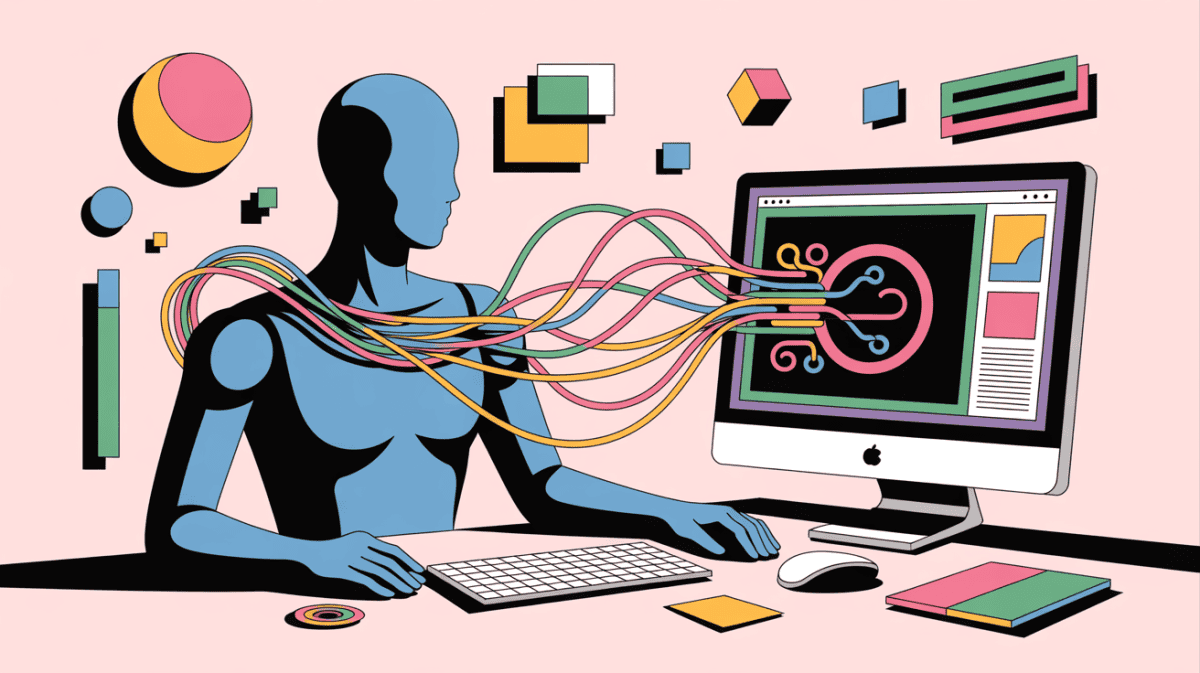Unsettling the Algorithm: When Product Design Risks Homogenization
At the intersection of AI and design, there’s a growing paradox. The promise of AI is infinite customization—digital products shaped for every personality and preference. But peer beneath the surface, and a strange uniformity creeps in. We risk a future where every interface starts to look, sound, and behave the same: optimized, frictionless, and ultimately inhuman. As generative models and recommender systems influence product design, corporate urgency for “seamless” experiences often tramples over the messiness that makes us unpredictable, creative, even contradictory. The ghost in the canvas isn’t AI. It’s the possibility that, obsessed with optimization, we erase everything weird and wonderful about people.
Why AI Can’t Escape Human Limitations
AI is trained on mountains of historical data: our best ideas, our quirks, our biases, our mistakes. The myth that AI can break free from its creators is dangerous. Any “genius” that emerges from a model is always haunted by the decisions, trade-offs, and flaws set by humans. This isn’t a call to retreat from AI—it’s an urgent plea to design consciously, knowing that every seemingly novel solution is really an echo of what we forgot, glorified, or overlooked. If designers become passive, letting AI dictate the boundaries of creativity, what we produce won’t just be uninspired. It will be forgettable.
The Case for Embracing Contradiction
The best products don’t merely accommodate user input—they spark debate, resist easy answers, and foster ambiguity. As AI integrates into every UX workflow, design has a duty to inject contradiction, risk, and subversion back into the process. AI can suggest—the human must choose. When product teams lack the courage to challenge recommendations or override “best practices,” digital culture becomes bland, cynical, and risk-averse. True visionaries will bend AI’s models to the needs, passions, and peculiarities of their audiences, not the other way around.
Designing for Tomorrow’s Outliers (Not Yesterday’s Majority)
AI’s value is greatest when it reveals what is possible, not what is probable. Products that are “optimized for everyone” soon disappoint everyone, because nobody feels truly seen. Designers hold a unique power: to amplify the edge case, give voice to the unheard, and shape technology that surprises as much as it delights. Now is the era for reckless inclusion—the championing of edge cases, outliers, and the “unscalable” aspects of human experience. Let AI help you scale, automate, innovate—but never let it dictate what matters. Tomorrow’s breakthroughs start at the margins.
The Last Word: Designers as Ghostwriters of AI
To design with AI is to accept uncertainty and contradiction as strengths, not weaknesses. It’s about refusing the illusion of perfection—choosing risk over routine, context over consensus. In the end, every great product will still have a ghostwriter: the wild, unreasonable, insistent human behind the screen. In the age of autonomous machines, our most valuable act is to make sure our ghosts are still haunting the canvas.


Leave a Reply